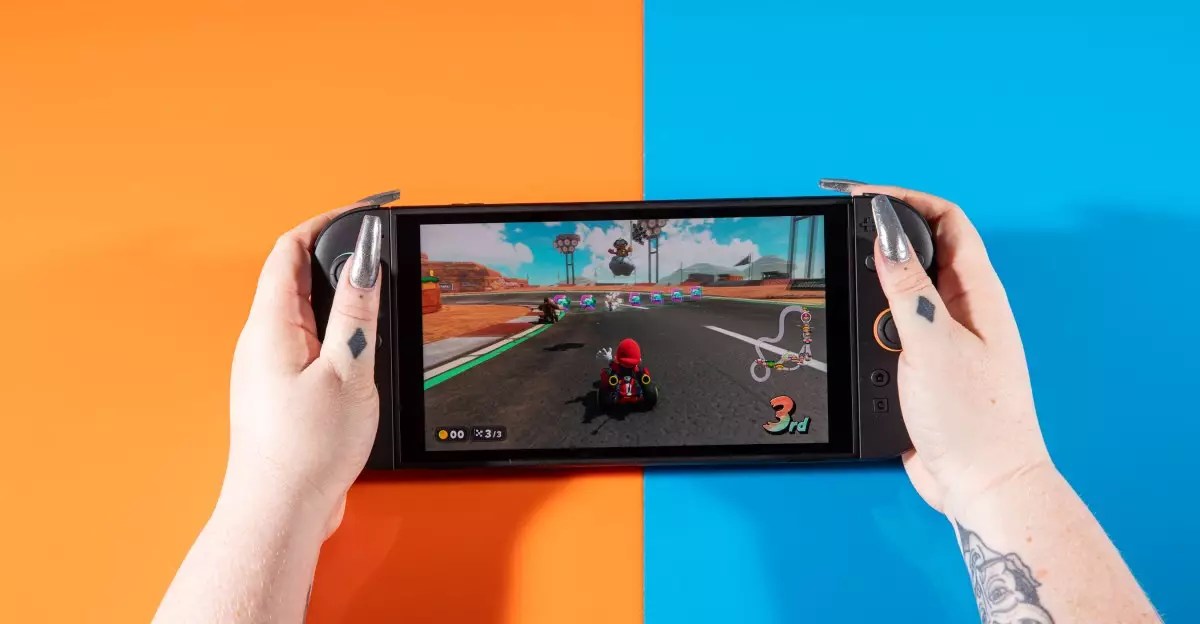The recent success of Nintendo’s Switch 2 exemplifies a significant transformation within the gaming distribution landscape. Unlike the frantic rush and fleeting availability seen with previous console launches, this new release has defied expectations by maintaining steady stock levels. This shift indicates that Nintendo has efficiently optimized its manufacturing and supply chain processes, providing consumers with a more accessible pathway to purchase. It marks a departure from the scarcity-driven hype that often characterizes hardware launches, underscoring a new era where demand meets supply more harmoniously.
Strategic Delays and Market Recalibration
A key factor that contributed to this unprecedented availability was Nintendo’s decision to delay the Switch 2’s initial launch. By intentionally pushing back the release, the company managed to bolster inventory, aiming to avoid the frustrations of preorders that frequently leave consumers empty-handed. This strategic move not only helped mitigate the risk of a bottleneck but also demonstrated Nintendo’s confidence in its production capabilities. It’s a rare instance of a major player prioritizing consumer experience over short-term hype—an approach that might inspire other industry giants to rethink their launch strategies.
Consumer Reception and Market Dynamics
Despite initial skepticism about the high price point of $449.99 (or $499.99 bundled with Mario Kart), the Switch 2’s performance defied odds by setting sales records. Within its first month, Nintendo sold 1.6 million units in the US alone, contributing to a total of 3.5 million units globally in just four days. These figures challenge the conventional belief that high costs invariably deter buyers, suggesting that dedicated fans and early adopters are willing to pay a premium for innovative gaming experiences. The console’s robust sales, coupled with its improved stock availability, may signal a more mature market that values quality and reliability over scarcity-driven hype.
Implications for Future Hardware Launches
The success story of the Switch 2 raises pertinent questions about the future of gaming hardware strategies. Will other companies follow Nintendo’s lead in prioritizing supply stability to build consumer trust? The current landscape indicates a potential recalibration—where managing supply chain efficiency and transparent marketing could become the new standard rather than an exception. This approach might ultimately foster a healthier market climate, where demand isn’t artificially inflated by limited stock but is driven by genuine consumer interest and product quality.
Market Confidence and Industry Evolution
This experience exemplifies a broader shift towards a more consumer-centric approach in the tech industry. By aligning production with actual demand, Nintendo not only enhanced its brand reputation but also reshaped stakeholder expectations. The console’s commercial success, amidst lower scarcity, could serve as a wake-up call for competitors, emphasizing that long-term relationship building and supply chain mastery are more valuable than fleeting launch-day hype. As this trend gains momentum, consumers could find themselves in a more predictable and satisfying market environment, fueling sustainable growth and innovation.


Leave a Reply